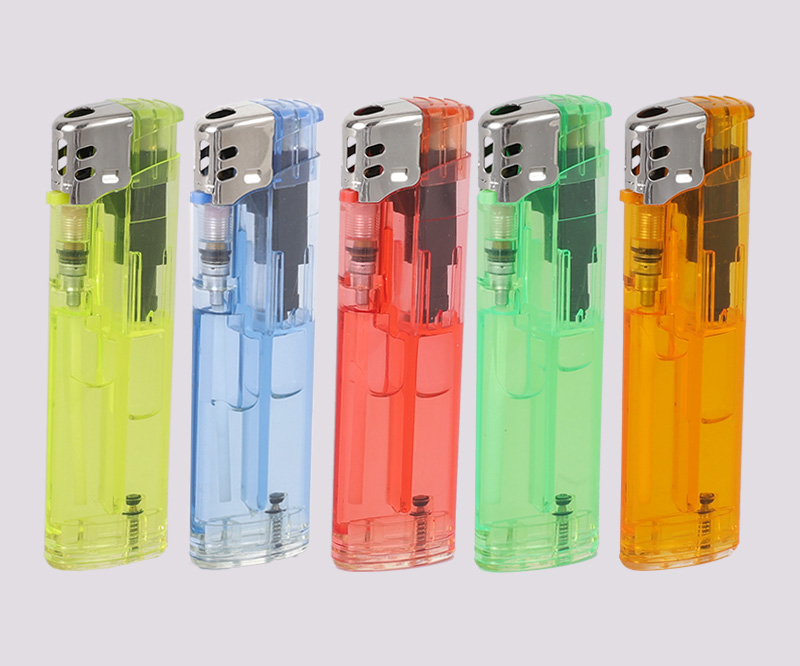Summary:
The principle of the electronic lighter is:
1. The basic working principle is: connect on...

1. The basic working principle is: connect one end of a piece of piezoelectric material (crystal structure) to a thin wire, this wire forms a gap with the metal material at the air outlet of the lighter, and the mechanical mechanism makes the impact of the impact block and the gas The source turns on synchronization. When the impact block hits the other end of the piezoelectric material block with a certain impact energy or force, the internal molecules of the piezoelectric material will vibrate strongly and transfer the vibration energy to the wire. Since the ratio of the cross-sectional area of the wire to the cross-sectional area of the piezoelectric material block is very large, the molecular vibration in the wire has a great tendency to strengthen.
2. When the end molecules of the wire vibrate strongly and hit the air molecules at the gap, the air molecules also vibrate strongly. The trajectory of the vibration of air molecules is the electric spark (arc light) we see. These electric sparks (arc lights) are actually the trajectories of the air molecules when the wire molecules vibrate strongly and transfer energy to the metal material at the air outlet of the lighter, indicating that the air molecules at the gap vibrate very strongly. According to the theory of vibration, strong vibration means that the material temperature is very high. When the temperature exceeds the ignition point of the liquefied gas in the lighter, the gas that escapes will be ignited to form a flame. The flame is the image of the gaseous material molecules that vibrate violently. This is the basic working principle of the lighter, and the principle of other electronic lighting devices is the same.

